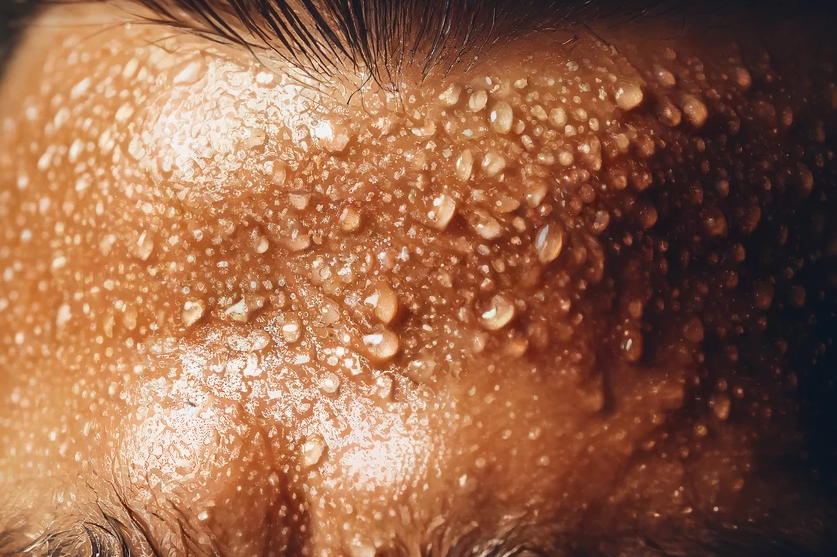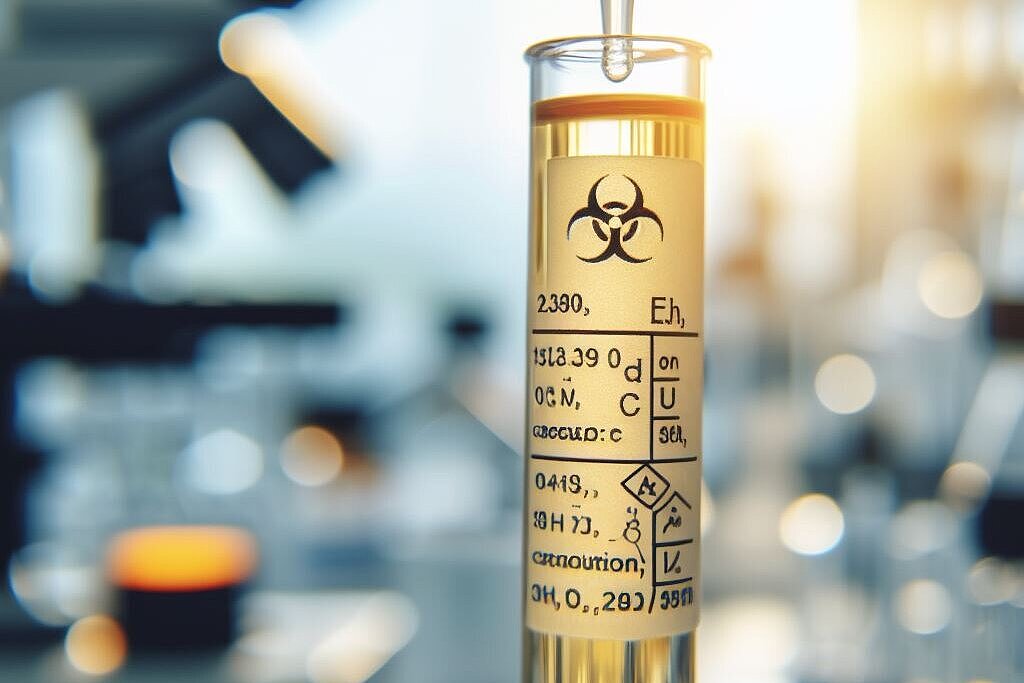Isobutyric acid

Isobutyric acid is a chemical compound that is used as an intermediate in the cosmetics and food industries, but also in the chemical industry. It is an isomer of butyric acid, i.e. it has the same molecular formula but a different structural formula. Isobutyric acid has a characteristic odor that is often perceived as unpleasant. In this article you will find out what isobutyric acid is, how it is produced, what its advantages and disadvantages are and how it affects dogs.
What is isobutyric acid?
Isobutyric acid is an organic acid with the molecular formula C4H8O2 and the structural formula (CH3)2CHCOOH. It is a saturated fatty acid and has a melting point of -46 °C and a boiling point of 155 °C. It is moderately soluble in water. It is moderately soluble in water and has a pKS value of 4.86, which means that it is a weak acid. Isobutyric acid is found in nature, for example in some plants, fruits and cheeses. It is also produced by bacteria in the intestines of humans and animals.
How is isobutyric acid produced?
Isobutyric acid can be produced synthetically in various ways. One common method is the oxidation of isobutyraldehyde with oxygen or an oxidizing agent such as potassium permanganate or chromic acid. Another possibility is the hydrolysis of isobutyl acetate with water or a base such as sodium hydroxide or potassium hydroxide. Isobutyl acetate is an ester of isobutyric acid with the alcohol isobutanol. A third method is the carboxylation of isobutene with carbon monoxide and water under high pressure and temperature in the presence of a catalyst such as nickel or palladium.
What are the advantages of isobutyric acid?
Isobutyric acid has several advantages as an additive in cosmetics and food. It is suitable as a polar solvent for various chemical reactions and can improve the solubility and stability of other ingredients. The salts of isobutyric acid, such as sodium isobutyrate or calcium isobutyrate, are used in textile auxiliaries, tanning agents, stabilizers and preservatives. They have an antimicrobial effect and prevent the growth of mold and bacteria. The esters of isobutyric acid with monofunctional alcohols, such as ethyl isobutyrate or methyl isobutyrate, are used as fragrances and flavorings. They have a fruity smell reminiscent of pineapple or strawberries.
What are the disadvantages of isobutyric acid?
Isobutyric acid also has some disadvantages as an additive in cosmetics and food. It has a pungent odor that is often perceived as unpleasant or smelly. This odor can be difficult to mask and can affect product acceptance. Isobutyric acid can also have an irritating or corrosive effect on the skin, eyes and mucous membranes. On contact it can cause redness, swelling, blistering or chemical burns. If swallowed, it can cause nausea, vomiting, abdominal pain or diarrhea. If inhaled, it can cause coughing, shortness of breath or pulmonary edema.
How does isobutyric acid affect dogs?
Isobutyric acid is not toxic to dogs, but it can put a strain on the digestive tract. Dogs have a lower tolerance for fat than humans and can therefore develop diarrhea or vomiting more easily if they ingest too much isobutyric acid. Isobutyric acid can also affect a dog's appetite and sense of taste. Isobutyric acid is also used as an attractant for dogs, for example in dog whistles or in baits for hunting. The smell of isobutyric acid is very attractive to dogs and can attract or distract them. However, this can also be dangerous if the dogs get into undesirable situations or come into contact with toxic substances.
Isobutyric acid is a chemical compound that is used in the cosmetics and food industry, but also in the chemical industry as an intermediate. It has some advantages as a solvent, preservative or flavoring agent, but also some disadvantages as an irritant or corrosive substance with an unpleasant odor. Isobutyric acid is not toxic to dogs, but it can upset the digestive tract or impair appetite and sense of taste. Isobutyric acid is also used as an attractant for dogs, but this also carries risks.
If you notice any signs of hypersensitivity or poisoning in your dog, you should see your vet immediately. We are not a substitute for a vet, but we try to be as accurate as possible. Every dog reacts differently and we recommend you get a second opinion or consult your vet if in doubt.
Stay healthy and take good care of your four-legged friend!😊
Similar to Isobutyric acid
Acetic acid is a weak acid that results from the decomposition of alcohol by bacteria. It has a pungent odor and a sour taste. Acetic acid is the main component of vinegar, which contains between 4...
Propionic acid (E 280) is a colorless, pungent-smelling liquid that belongs to the short-chain fatty acids. It is produced naturally during the fermentation of carbohydrates by bacteria in the...
Butyric acid is a short-chain fatty acid with the chemical formula C4H8O2. It is naturally produced during the breakdown of food in the gut by bacteria and is responsible for the characteristic odor...
Valeric acid, also known as pentanoic acid, is a carboxylic acid from the group of the four isomeric pentanoic acids. The salts and esters of valeric acid are called valerates. The methyl, ethyl,...



